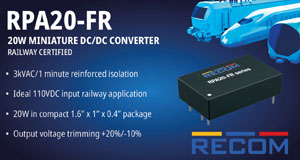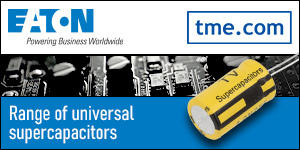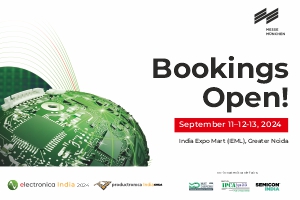Courtesy: Cadence Systems
The demand for semiconductors is surging due to AI growth, data centers, and digital transformation, but the environmental cost is significant. Energy-intensive manufacturing and waste generation pose challenges that must be addressed for long-term sustainability.
Semiconductors power modern innovation, from smartphones to AI systems, yet their production impacts the environment. By integrating sustainability into design and manufacturing, the industry can reduce energy consumption, minimize waste, and conserve resources. Introducing environmental impact (E) to the traditional power, performance, area, and cost (PPAC) model during the early stages of development is key to sustainable progress.
Efforts to lower energy use, optimize fabrication processes, and utilize recycled materials are gaining traction. Innovations like energy-efficient architectures and adaptive power management deliver high performance while reducing carbon footprints, advancing a greener future for the industry.
Imec’s SSTS Program
Imec, the world’s leading independent nanoelectronics R&D hub, has long been at the forefront of sustainability in semiconductor manufacturing. The Sustainable Semiconductor Technologies and Systems (SSTS) program, spearheaded by imec, brings together an impressive coalition of industry giants as well as government bodies, academia, and key associations, whereby the program aims to provide actionable data and tackle the pressing environmental challenges of advanced semiconductor manufacturing.
Cadence is proud to be the first electronic design automation (EDA) partner to join this groundbreaking program. This partnership marks a pivotal first step toward establishing a secure data-sharing platform that enables access to imec.netzero data through Cadence’s state-of-the-art design tools. With this capability, engineers and designers can make informed decisions early in the design process, integrating environmental considerations from the beginning. The mission is clear—to weave sustainability into the very foundation of semiconductor innovation.
How Cadence and imec Benefit the Industry
Through this partnership, Cadence and imec will be redefining the design mindset, enabling sustainability to be a core driver during the design phase. Currently, life cycle analysis is typically done after a product is designed, so any required changes to the bill of materials or process will set back the project timeline by months. With Cadence’s “shift left” process, designers can proactively evaluate the environmental impact of their decisions during the design phase, where it matters most.
“Welcoming Cadence as the first EDA partner in our SSTS program marks a significant milestone in valorizing our data and ensuring sustainability is embedded at the heart of semiconductor innovation,” said Lars-Åke Ragnarsson, program director of Sustainable Semiconductor Technologies and Systems (SSTS) at imec.
Cadence’s Leadership in Sustainable Innovation
This partnership underscores Cadence’s position as a global leader in sustainable innovation. We have pledged to achieve net-zero greenhouse gas emissions by 2040, and we are backing up this promise with bold actions. By developing generative AI and digital twin technologies, strategically acquiring companies that drive sustainable innovation, and offering tool solutions that address both current and future environmental challenges, Cadence is paving the way for a sustainable, efficient, and technologically advanced semiconductor ecosystem.








